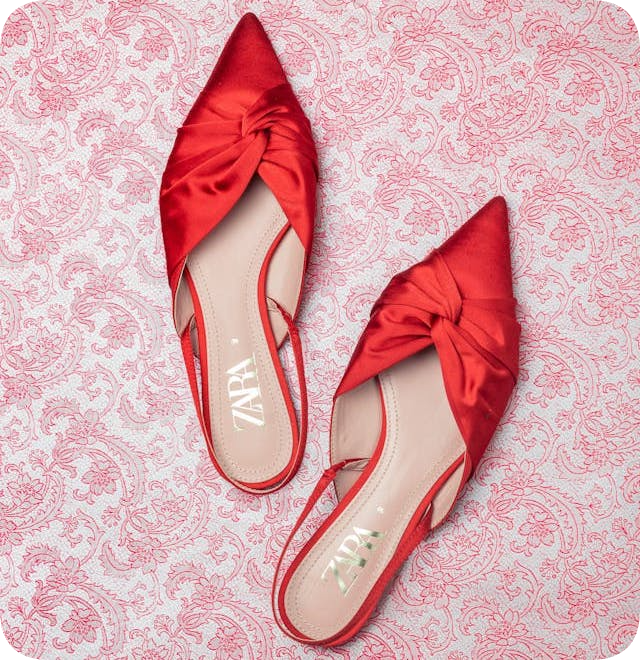The fashion company Zara became a multi-billion dollar force in the industry thanks to its unique ability to churn out stylish clothing at low prices. Of course, critics of the Spanish firm would not likely call its business model “unique”: Zara has long been accused of ripping off its designs from luxury fashion houses. Those days might be in the past, however, as the company looks to reinvent itself as a high-end brand working with some of the world’s top designers. For example, Zara developed its new SRPLS line with a team of established fashion insiders who usually work with brands like Balenciaga and publications like Vogue. But unlike the $3,000 dresses featured in fashion magazines, clothing from the SRPLS line usually costs just a little over $100.
These items are made from better quality materials than Zara has depended on in the past, signaling its shift from fast fashion to runway ready offerings. “Zara is a designer brand now,” said Guido Palau, a stylist who does hair at fashion shows for elite names like Prada and Valentino. “They’re really giving their customers a high-end product.” Industry observers credit the company’s designer makeover to Marta Ortega Pérez, chairperson of Zara’s parent company Inditex. The youngest child of the fashion firm’s founder, over the years Ortega has worked everywhere from the sales floor to the design and development team as she learned the ins and outs of the business.
Under her leadership, she wants the company to start setting trends instead of chasing the next big thing. “We don’t want to be fast; we want to be agile and flexible,” wrote Ortega in Inditex’s 2022 annual report. “We don’t want to be big, we want to be relevant. We want to be agents of change and aspire to lead our industry’s transformation. We want to have a positive impact in everything we do.” The company could also be motivated to pivot away from fast fashion due to increased competition from firms like Shein, which may have earned more than $30 billion in 2023. While that number sits behind Zara’s $39 billion in sales, neither can compare to the more than $80 billion brought in by the luxury juggernaut LVMH, home to fashion brands Louis Vuitton and Dior as well as the beauty retailer Sephora. Thriving in this competitive environment will not be easy even for a giant like Zara, which may start depending more on its high-end shoppers as the years progress.
Questions:
- Why is Zara rebranding into a luxury fashion line? Do you think customers will respond positively or negatively to these changes?
- What are the potential benefits and drawbacks for companies that start rebranding projects like Zara’s?

